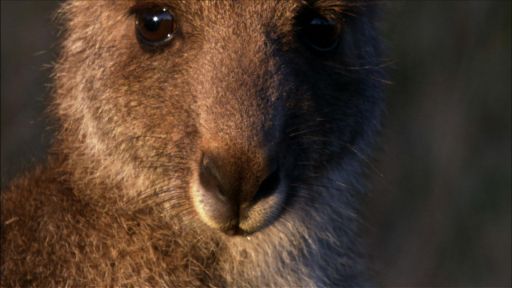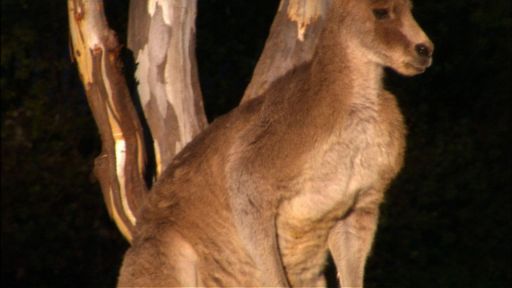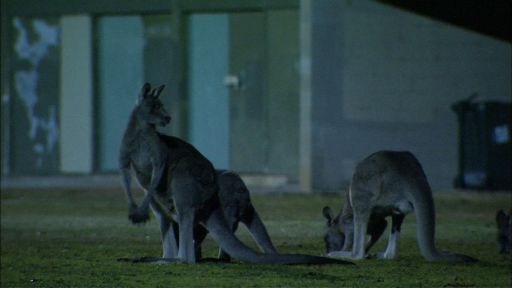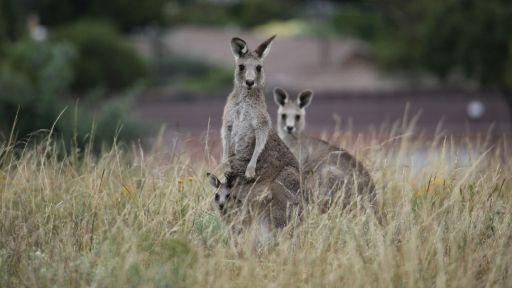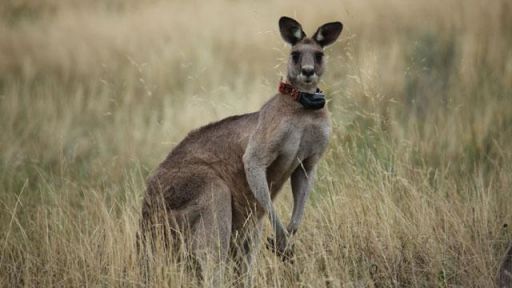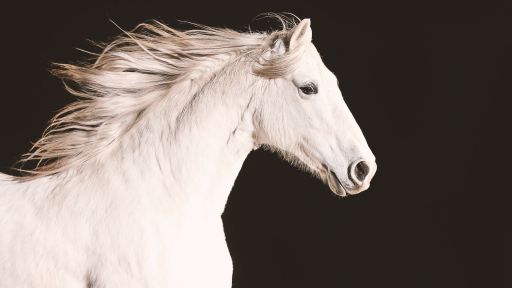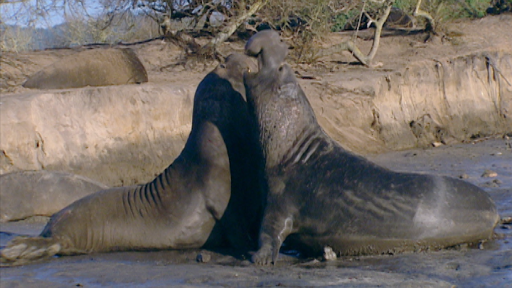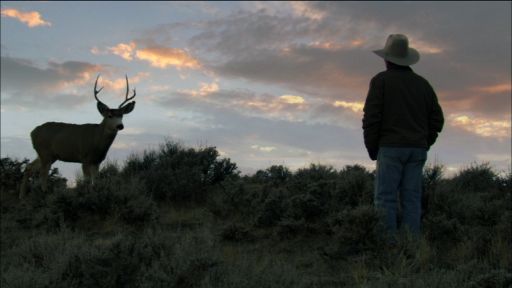What makes a marsupial, a marsupial? A discussion on the historical biogeography and biological evolution of marsupial mammals. Dr. Robert Voss is a professor at Richard Gilder Graduate School and the American Museum of Natural History. His primary research interests are the evolution of marsupials and the systematics and biogeography of other Neotropical mammals that inhabit moist-forest habitats in Amazonia and the Andes.
What anatomical characteristics distinguish marsupial mammals from placental?
Living marsupials and placentals can be distinguished by a number of anatomical features, including structural differences in their ear regions, teeth, postcranial skeletons, reproductive tracts, and brains. Most people think of pouches when they think about marsupials, but not all marsupials have pouches.
When did these two subclasses of mammals separate from their common ancestor? What do we know about that common ancestor?
The lineages that gave rise to living marsupials and placentals are recognizably distinct in the fossil record as far back as the Early Cretaceous (about 125 million years ago), so the most recent common ancestor of these groups must have lived even earlier. How much earlier is controversial, with some estimates suggesting a date of almost 150 million years (in the Late Jurassic). We don’t know anything about that ancestor for certain, but we assume that it was not unlike the earliest known marsupials and placentals: probably a small climbing (arboreal or semiarboreal) mammal, perhaps superficially resembling living opossums or tree shrews. Because the earliest known marsupial and placental fossils are from China, most paleontologists assume that their most recent common ancestor lived somewhere in eastern Asia.
What is convergent evolution and what are some examples of convergent evolution between marsupial and placental mammals?
Convergent evolution is the appearance of similar traits in distantly related lineages. Examples of convergent evolution between placentals and marsupials are the extinct Tasmanian “wolf” (a very wolflike marsupial), marsupial “moles” (living molelike marsupials that burrow in the sandy deserts of Australia), and kangaroo rats (North American rodents that hop on their hind legs like kangaroos).
Why are the majority of current-day marsupials found in Australia? Why are they not more successful elsewhere?
Good question. First, however, it’s important to point out that there are still over 100 species of marsupials alive today in the New World. Most live in South America, although many species also occur in Central America and one (the Virginia opossum) occurs as far north as southern Canada. Before the Panama land bridge connected North America and South America in the Pliocene (about 3 million years ago), South America was an island continent with an even more diverse marsupial fauna than it has today. In fact, the most recent common ancestor of living marsupials probably lived in South America, and its descendants crossed Antarctica (then ice-free) to invade Australia. One line of thinking is that marsupial diversity is greater in Australia than in South America because there were no terrestrial placental mammals to compete with marsupials in ancient Australia.
Kangaroos are the only large mammal to use hopping as their primary form of locomotion. Do we know when this adaptation occurred and why? How does the species benefit from this adaptation? And why are kangaroos the only large mammals to maneuver vast terrains by hopping?
Bipedal hopping, as seen in modern kangaroos, evolved gradually, over millions of years, and resulted from many anatomical adaptations that appear at different times in the fossil record. Some form of primitive hopping locomotion by kangaroo ancestors is probably quite old, perhaps dating back to the Eocene (based on inferences from molecular dates, not fossils). However, fast bipedal hopping is only an effective means of locomotion in deserts, grasslands and other open habitats (free of overhanging woody vegetation), which became widespread in Australia much later, in the last 15 million years or so. The advantages of hopping are still not clear: it’s only energetically efficient at high speeds. Hopping is similar to galloping in that energy is stored in elastic tendons between strides, so these gaits might be energetically equivalent solutions for fast or long-distance locomotion. I don’t know why only kangaroos are the only large mammals that hop, but many smaller mammals (especially rodents) have convergently evolved to do so.
How have marsupials, especially kangaroos and their predecessors, evolved over the years as Australia’s ecosystem changed?
Australian marsupials evolved in many ways to meet the challenges of drier habitats over the last 15 million years. Teeth, for example, reflect adaptive changes from browsing (on woody vegetation in moist climates) to grazing (on grasses in arid climates). Kangaroo ancestors were quadrupedal (walking on four legs most of the time) in forested habitats and became progressively more bipedal as habitats dried out and opened up.
Do you have a favorite marsupial (living or extinct)?
Well, I must confess a fondness for opossums (New World marsupials), so much less charismatic than kangaroos and koalas, but with their own unique adaptations. Several opossum species, for example, eat venomous snakes. Snake-venom resistance is a biochemical, not a morphological adaptation, and it is another example of convergent evolution: besides opossums, mongooses and hedgehogs are also snake-venom resistant.

